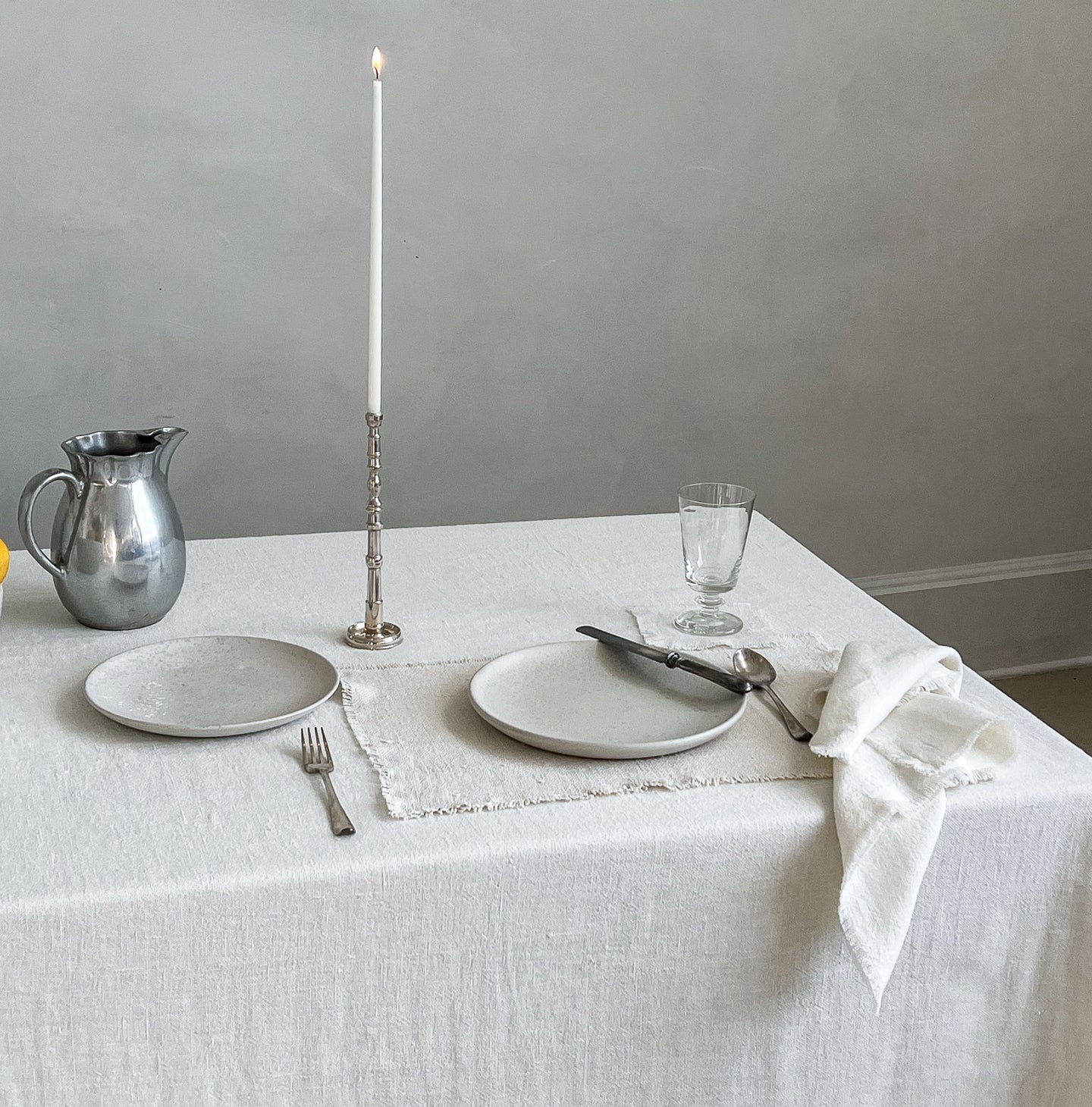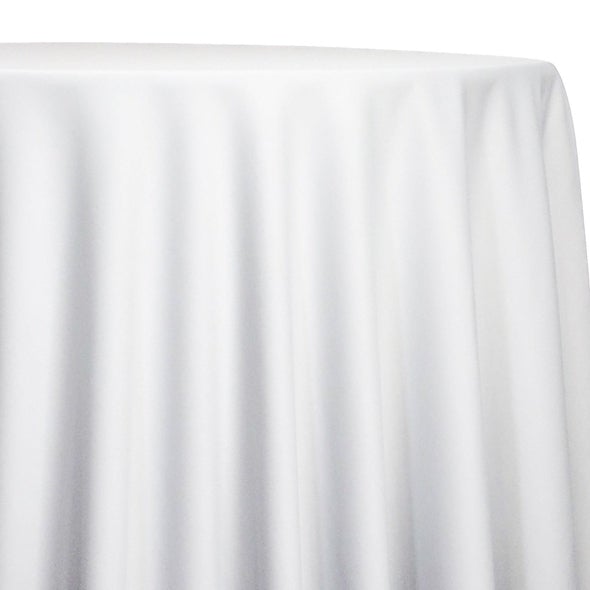Bed Linen Fabric: Comprehending the Origins, Attributes, and Benefits of This Extravagant Natural Material
Bed linen, the elegant and polished fabric understood for its lavish feel and classic charm, has an abundant background that dates back centuries. Past its historical relevance, linen possesses distinct attributes that establish it apart from other textiles, making it a prominent selection in the world of fashion and interior design.
Historical Origins of Bed Linen
Bed linen, a material with ancient origins, has actually played a considerable role throughout history because of its remarkable residential or commercial properties and flexibility. Going back to ancient civilizations, linen has been a prized textile for its outstanding breathability, toughness, and lavish feeling. Using linen can be traced to ancient Egypt, where it was used for apparel, interment shadows, and also as a form of currency. The old Greeks and Romans additionally valued linen for its comfort and elegance, commonly utilizing it for garments used by the wealthy elite.
In medieval times, linen continued to be very respected, with its manufacturing ending up being a substantial industry in Europe. The flexibility of bed linen made it a staple textile for clothes, household things, and even sails for ships. During the Renaissance, bed linen was more raised in status, with its usage in great garments and home bed linens symbolizing wide range and social standing.
Distinct Characteristics of Linen
Popular for its extraordinary breathability and resilience, linen fabric flaunts distinct features that have made it a favored textile for centuries. One of the crucial features of bed linen is its unparalleled breathability, which allows air to move with the textile conveniently. This building makes linen garments ideal for warm climate, as they assist the body stay comfortable and cool. Additionally, bed linen is known for its high absorbency, with the ability of wicking away moisture from the skin, making it suitable for summertime clothing.
Another unique characteristic of linen is its exceptional strength. Despite its lightweight feeling, bed linen is among the greatest all-natural fibers, making it extremely durable and resilient. Bed linen material additionally ends up being softer and extra comfy with each laundry, enhancing its allure with time. Furthermore, bed linen has an all-natural appeal and a slightly uneven appearance that provides it a special, extravagant appearance. Its ability to withstand dust and stains, together with its hypoallergenic buildings, even more add to the attraction of linen as a premium material selection.
Benefits of Making Use Of Bed Linen
With its exceptional breathability and resilience, linen textile uses a multitude of advantages that make it a prominent choice for various garments and house products. Among the main advantages of utilizing linen is its breathability. Bed linen fibers are hollow and permit for much better airflow, keeping the body cool and comfortable in heat. In addition, linen is extremely absorbent, efficient in absorbing dampness without really feeling damp, making it excellent for summertime garments.
Furthermore, bed linen is a long lasting fabric that ends up being softer and more comfortable with each laundry, making sure long life and decreasing the need for regular replacements. This longevity additionally reaches its resistance to moths and rug beetles, making linen items much less prone to damage compared to various other products.
Furthermore, linen is a sustainable choice, as it is made from the flax plant, which requires less water and chemicals to grow contrasted to cotton. Its all-natural fibers are also biodegradable, adding to ecologically friendly practices. In final thought, the advantages of utilizing bed linen encompass convenience, resilience, sustainability, and resistance to parasites, making it a flexible and appealing option for numerous applications.
Versatile Applications of Bed Linen

Additionally, bed linen's flexibility goes beyond the fashion market, locating its place in various home decor products. Linen curtains bring a touch of downplayed luxury to living rooms, enabling all-natural light to infiltrate while adding structure and depth to the area. Bed linen bedding is one more in-demand selection, understood for its breathability and capacity to maintain sleepers cool down in the summer season and cozy in the winter months. Pillow covers, table linens, and even upholstery gain from bed linen's flexible residential properties, including a touch of class and comfort to any type of home setup.
Sustainability in Bed Linen Manufacturing

Additionally, bed linen is a biodegradable product, guaranteeing that at the end of its lifecycle, it will normally decompose without damaging the atmosphere. The sturdiness and durability of bed linen items also add to sustainability by lowering the regularity of substitutes. In addition, linen's natural shielding residential properties can aid save energy by keeping people cool in warm weather see and warm in cooler climates, possibly decreasing the reliance on artificial heating and cooling systems. Embracing bed linen as a sustainable option in textiles straightens with the growing worldwide focus on ecologically conscious techniques in different markets.
Conclusion
In conclusion, linen fabric has a rich historic history, unique characteristics, and numerous advantages. Its adaptability in applications and sustainable manufacturing methods make it an extremely in-demand product in numerous sectors. Bed linen's distinct residential properties such as breathability, sturdiness, and moisture-wicking abilities establish it besides various other materials, making it a luxurious and functional option for garments, home textiles, and other products. Generally, linen continues to be a ecologically friendly and classic alternative for customers seeking quality and sustainability.
Throughout the Renaissance, linen was further elevated in standing, with its use in great garments and family linens signifying wide range and social standing. (flat sheet)
Distinguished for its outstanding breathability and toughness, bed linen fabric boasts distinct qualities that have made it a favored fabric for centuries.With its exceptional breathability and resilience, bed linen fabric provides a plethora of advantages that make it a popular choice for numerous garments and home products. Padding covers, table linens, and even furniture benefit from bed linen's flexible buildings, adding a touch of refinement and comfort to any home setting.
Linen's distinct residential properties such as breathability, durability, and moisture-wicking capabilities establish it apart from various other fabrics, making it a extravagant and useful selection for garments, home fabrics, and other items.
Comments on “Sophisticated Table Cloths: Perfect Choices for each Event”